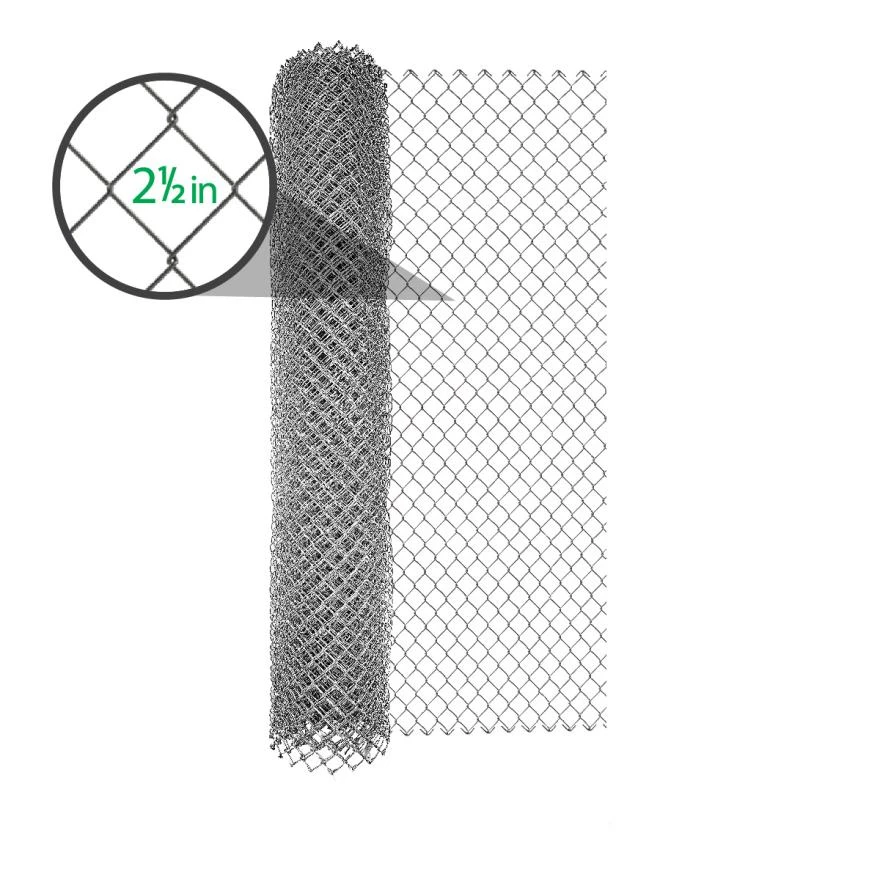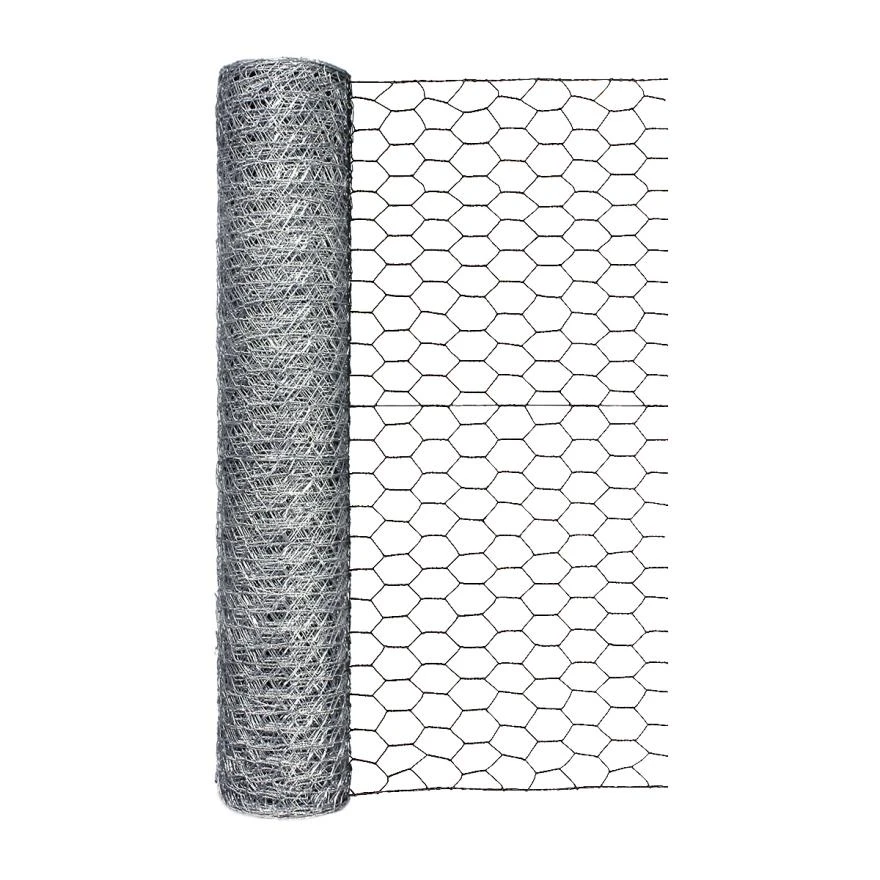Installing Screws in Soil for Secure Foundations and Structures
Okt . 22, 2024 09:10
The Benefits and Applications of Screwing in the Ground for Structural Stability
In the realm of construction and engineering, the choice of foundation plays a pivotal role in ensuring structural stability. One innovative method that has gained traction in recent years is the use of screw anchors, or helical screws, which are driven deep into the ground to provide secure support for various structures. This technique is increasingly popular due to its numerous advantages, ranging from ease of installation to environmental benefits.
Screw anchors consist of a steel shaft with one or more helical plates attached, resembling a screw. Designed to be drilled into the ground, these anchors provide resistance against various forces such as tension and compression. Unlike traditional foundation methods, which often require extensive excavation and concrete pouring, screw anchors offer a much simpler and less disruptive installation process. This is particularly beneficial in urban areas where space and noise restrictions are prevalent, allowing construction to proceed efficiently without disturbing the surrounding environment.
The Benefits and Applications of Screwing in the Ground for Structural Stability
Additionally, the installation of screw anchors is often a faster process than conventional methods. The ability to use handheld or hydraulic installation drills allows for quicker deployment, reducing labor costs and project timelines. Moreover, as the screws are inserted into the ground, there is minimal soil disruption. This technique helps to preserve the surrounding landscape and reduces the environmental impact of construction activities.
screw in ground

From an environmental standpoint, screw anchors present several advantages. Because they do not rely on concrete or extensive excavation, the overall carbon footprint of the construction process is reduced. The ability to use screw anchors in environmentally sensitive areas allows for the preservation of local flora and fauna. This is particularly pertinent in the face of increasing environmental regulations, as sustainable practices become a priority for many construction firms and clients alike.
Furthermore, screw anchors provide a high level of adaptability. They can be installed in a variety of soil types and conditions, making them suitable for diverse geographical locations. In earthquake-prone regions, for example, screw anchors offer enhanced stability and resilience, as they can withstand lateral loads and ground movement effectively. This adaptability further highlights the value of screw anchors in modern construction practices.
Another noteworthy aspect of screw anchors is their ease of removal and reusability. In circumstances where structures need to be relocated or dismantled, screw anchors can be unscrewed from the ground with relative ease, allowing for minimal disruption to the site. This mobility is particularly advantageous in temporary structures or projects that require flexibility, such as festival setups or temporary facilities for disaster relief efforts.
In conclusion, the utilization of screw anchors, or screwing in the ground, represents a progressive shift in foundation engineering. With their multitude of benefits—including ease of installation, environmental sustainability, and adaptability—these anchors are redefining traditional construction methods. As the construction industry becomes increasingly focused on sustainable practices and efficient solutions, screw anchors stand out as a reliable and innovative option for ensuring structural stability in a diverse array of applications. As technology advances and construction continues to evolve, the role of screw anchors is likely to expand even further, facilitating a wide spectrum of development projects while minimizing environmental impacts.









 Unity
Unity Creation
Creation Challenge
Challenge Contribution
Contribution










